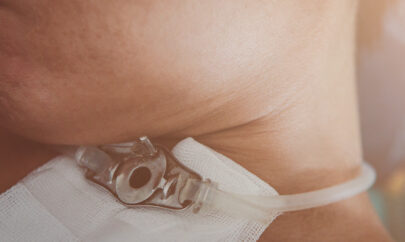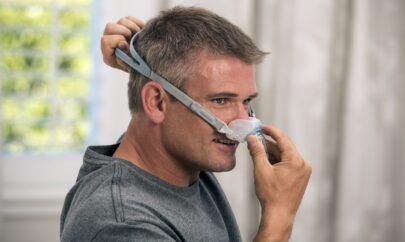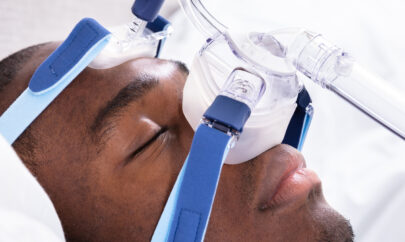
PAP Pressure Settings vs. CPAP: Differences Explained
Learn how APAP pressure settings work, how to adjust CPAP pressure, and what the ideal pressure should be for effective sleep apnea treatment.
Founder and CEO, SleepQuest, Inc.
SleepQuest’s founder and CEO is a longtime sleep apnea sufferer and understands the physical and emotional hardship this disease can cause.
Robert has spent 30 years in the healthcare industry. In 1994, he had the vision to create SleepQuest’s care management program for patients with obstructive sleep apnea (OSA).
Robert is recognized as an industry expert. Various industry trade journals, healthcare research analysts and manufacturers of sleep diagnostics and treatment equipment have interviewed him extensively, using his expertise for reports on the Sleep Industry.

Learn how APAP pressure settings work, how to adjust CPAP pressure, and what the ideal pressure should be for effective sleep apnea treatment.

Traveling with a travel APAP machine? Learn about power options, the best travel APAP machines, humidifiers, prescription rules, and airline regulations.

Learn how to use BiPAP with tracheostomy, whether BiPAP requires intubation, and how to ventilate a patient with a tracheostomy for better respiratory care.

CPAP air too warm? Learn how to adjust ResMed CPAP settings, fix heated hose issues, prevent power supply overheating, and set the right tube temp.

Wondering what is the best CPAP mask? Find the best options for mouth breathers, side sleepers, full face, nasal, and bearded users for ultimate comfort.

It is important that your CPAP (Continuous Positive Airway Pressure) mask fits your face correctly to ensure the effective management

If you are dependent on Continuous Positive Airway Pressure (CPAP) therapy it is important that you look after your device,

Choosing a mask for your APAP, CPAP or BiPAP therapy can be a dealbreaker for your results. The two main

Continuous Positive Airway Pressure (CPAP) and Automatic Positive Airway Pressure (APAP) devices are the most common therapies used for the

Stop CPAP mask leaks with CPAP gel. Learn how to fix CPAP mask seals, prevent air leaks, and improve sleep comfort.

An APAP machine is a specialized form of Positive Airway Pressure (PAP) therapy aimed at treating obstructive sleep apnea. This

Find the best CPAP battery for camping and travel. Explore portable CPAP battery packs and backup power for CPAP machines.

Maintain hygiene with a CPAP cleaner brush. Essential for cleaning CPAP tubing, hoses, and ensuring safe sleep therapy.

Using a CPAP device for obstructive sleep apnea can dramatically improve your quality of life. However, incorrect CPAP settings can

For individuals dealing with both sleep apnea and high blood pressure, it can be life-changing to find effective treatments. Wondering